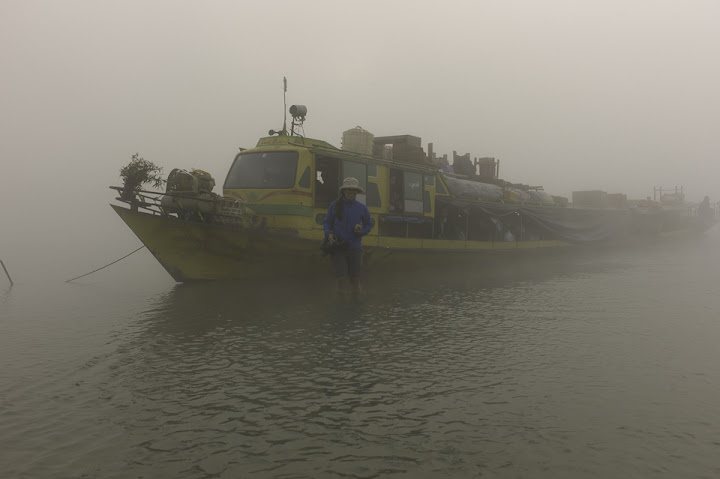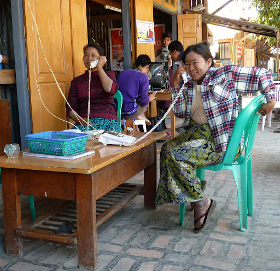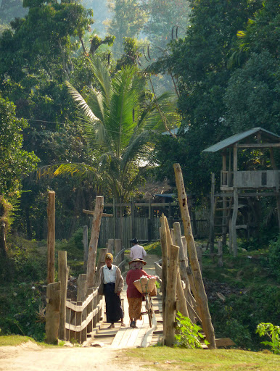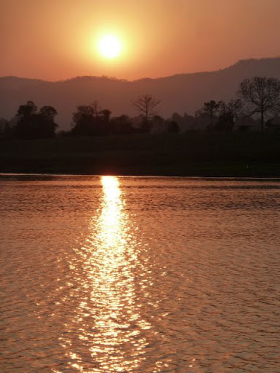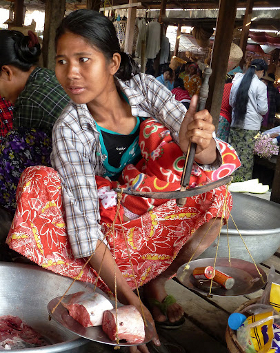UNTIL THE MOMENT something happened that shouldn’t have, our fourth day traveling by open-air boat up Burma’s Chindwin River had simply been uncomfortable.
On the overcrowded craft, I sat squashed next to my husband, Bernard, my t-shirt no protection from the pre-dawn chill. Around me, 80 Burmese villagers flung towels and spare longyis over themselves for warmth. So thick was the fog that, even had it been daylight, we couldn’t have seen the nearby shore.
